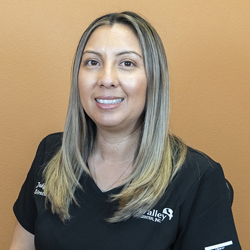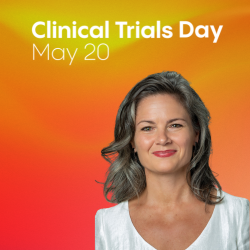While she likes to think of herself as a positive person, Judy Galindo, CCRC, director of research at the Sun Valley Research Center, Inc., is also a realist when it comes to the stubborn challenges thwarting greater representation of the Latinx community in clinical trials.
“I’m trying to be positive,” she says, applauding recent actions such as a joint report from the American Society of Clinical Oncology (ASCO) and Association of Community Cancer Centers (ACCC) that aims to promote diversity in clinical trials. “When larger organizations with power and visibility like this come together, it will speed up” patient diversity, she adds.
Key recommendations in the ASCO/ACCC report include:
- Clinical trials are an integral component of high-quality cancer care, and every person with cancer should have the opportunity to participate. …All organizations that sponsor, fund, and administer cancer clinical trials should demonstrate clear commitment to improving equity, diversity, and inclusion (EDI).
- Trial sponsors and investigators should design and implement trials with a focus on reducing barriers and enhancing EDI, and work with sites to conduct trials in ways that increase participation of under-represented populations.
- Trial sponsors, researchers, and sites should form long-standing partnerships with patients, patient advocacy groups, and community leaders and groups.
- Anyone designing or conducting trials should complete recurring education, training, and evaluation to demonstrate and maintain cross-cultural competencies, mitigation of bias, effective communication, and a commitment to achieving EDI in clinical trials.
- Research stakeholders should invest in programs and policies that increase EDI in trials and in the research workforce.
- Research stakeholders should collect and publish aggregate data on the racial and ethnic diversity of trial participants when reporting the results of trials, programs, and interventions to increase EDI.
At Sun Valley Research, where the patient population is about 75% Latinos (Mexican or Mexican American), Galindo and team focus specifically on psychiatry and central nervous system studies, but she notes that most of the experiences they have in recruiting Latinos in clinical trials are pretty similar to other Latino areas.
“The Latinx population [by and large] still doesn’t understand what clinical trials are, and why they are important,” Galindo says. “We must do a better job at educating them.”
She adds that, “we also have barriers to recruiting in our community from all areas, including with providers/doctors/clinics, but we also still encounter many barriers” from sponsors and contract research organizations.
Galindo encourages sponsors to try to find existing sites in underserved populations and work with them, rather than trying to build something up from scratch. She also said it is vital to have staff who speak Spanish when working with the Latinx population. “If I try to enroll people with all Caucasian staff that don’t speak Spanish, I won’t get anyone,” she says.
Attaining greater diversity is a “group effort,” Galindo emphasizes.
Author: Michael Causey



